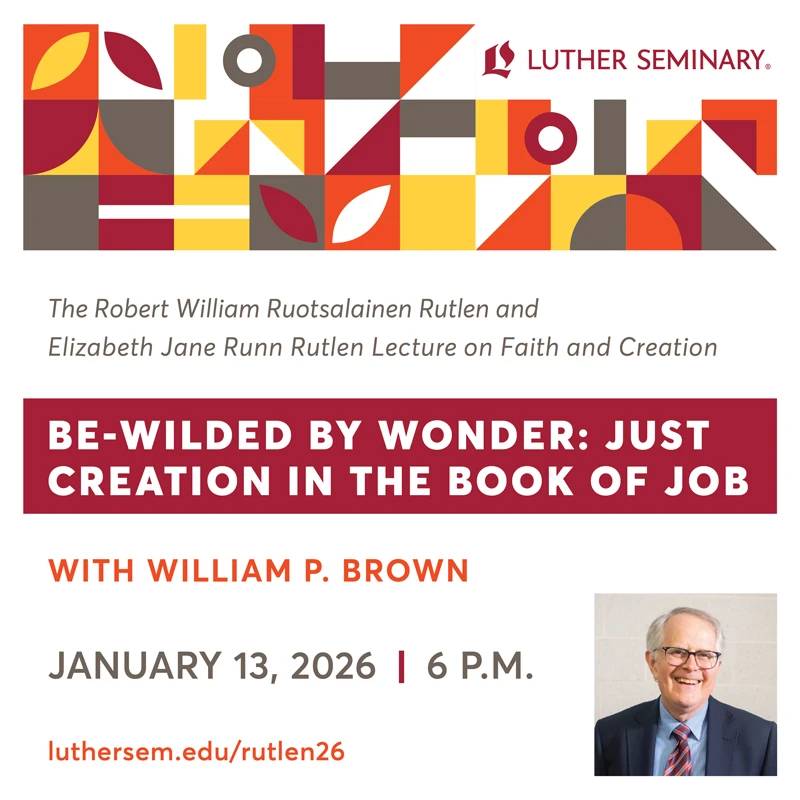SUMMARY
This genealogical list, based upon others in Genesis, traces the history of Israel from AdamThe first human God created. More to Israel.
ANALYSIS
Several genealogical lists, drawn from Genesis 5; 10-11; 25; and 35-36, provide the raw material for the Chronicler’s first genealogyGenealogy involves the study and tracing of families through the generations—in short, family history. One genealogy in Genesis traces the nations descended from Noah. In the New Testament Matthew traces the ancestry of Jesus back to Abraham, while Jesus' genealogy in the Gospel of Luke... More, moving from Adam to Israel. The material is carefully arranged to make a particular point. The list begins with secondary lines of descent followed by the primary lines by which God preserves the generations that would lead to the nation of Israel. This procedure serves to emphasize the centrality of Israel’s place in the wider context of humanity and points to God’s election of the chosen people. For example, in the list chronicling Abraham’s line the descendants are not arranged in chronological order but by their various mothers: first HagarSarah's maidservant, Abraham's concubine, Ishamel's mother. More (1 Chronicles 1:29-31), then Keturah (1:32-33), and finally SarahAbraham's wife and mother of Isaac. More (1:34)—the mother of IsaacSon born to Abraham and Sarah in fulfillment of God's promise. More whose birth ratifies “an everlasting covenantA covenant is a promise or agreement. In the Bible the promises made between God and God's people are known as covenants; they state or imply a relationship of commitment and obedience. More for his offspring after him” (Genesis 17:19). Supporting this Israel-centric view is the fact that the Chronicler always refers to the patriarch “JacobThe son of Isaac and Rebekah, renamed Israel, became the father of the twelve tribal families. More” as “Israel.”

